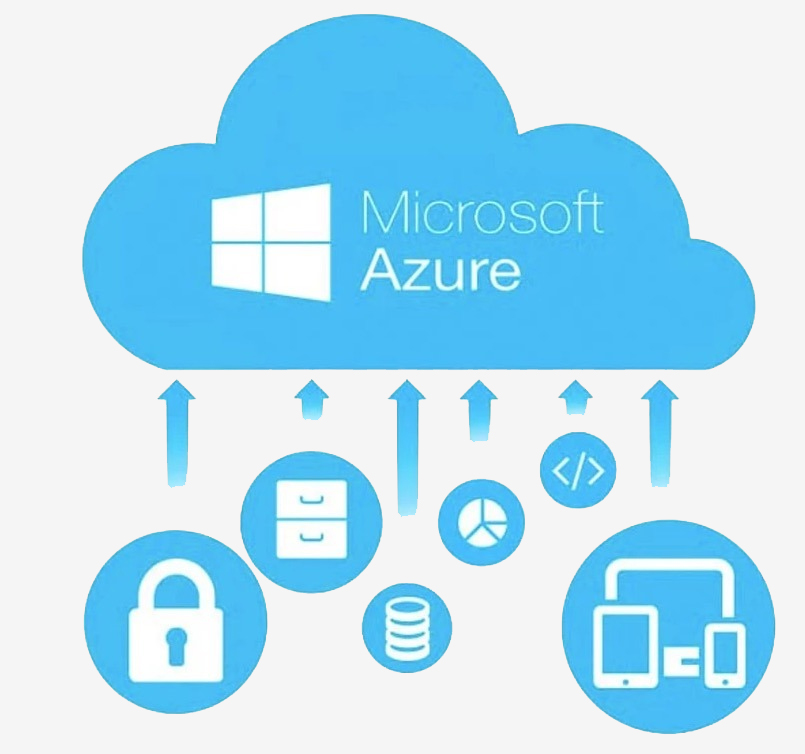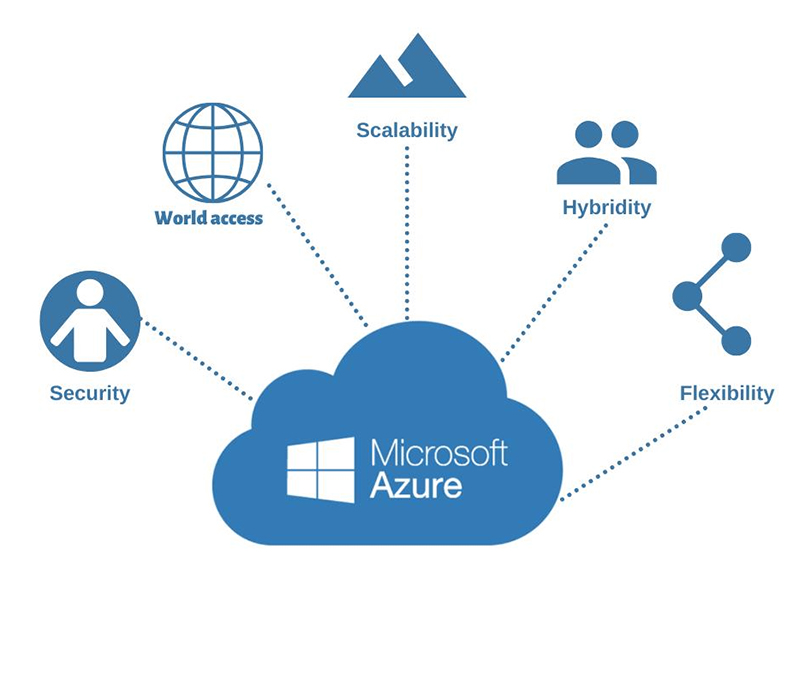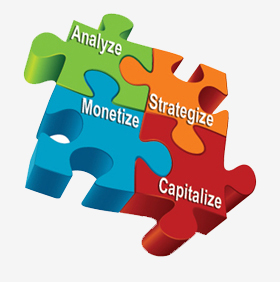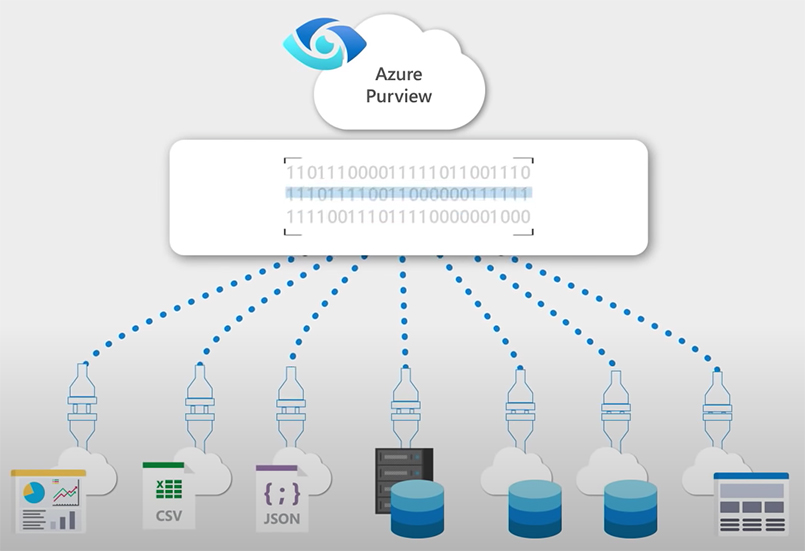Azure Cloud ERP Case Study
Using Microsoft Azure cloud ERP, a global manufacturing company has been able to streamline their financial processes, increase visibility and accuracy in reporting, and reduce costs associated with maintaining on-premise servers. With Azure, they have also been able to easily scale to accommodate business growth and maintain data security. Overall, the company has seen significant improvements in efficiency and cost savings since implementing Azure cloud ERP.
Overview

The company’s plants are certified for ISO 9001, ISO 14001 and OHSAS 18001. Company is focused on serving quality-conscious customers across diverse sectors: TD Utilities, Power Generation, EPC Contractors, Railways and Industry.
Client wanted to migrate their existing windows based manufacturing ERP software to cloud. The goal was to increase the current market share by reaching out to small & medium sized organizations, by providing easy access to the full feature set of the existing ERP system without the need of expensive & complex in-house solution setups. The client’s primary need was to find a cost effective, scalable alternative to hosting its ERP solution at end user’s premises or at a traditional third party hosting. The security was a major concern and need was for a secure layer above the ERP software which could set the authentication for the ERP to communicate with the end users.
Netision studied these requirements and formulated a complete roadmap detailing out the development considerations and methodology for moving the existing solution to Windows Azure. Also, to introduce advance security parameters like the Two-Factor-Authentication, Azure AD Authentication. The solution was successfully deployed to Azure Cloud computing platform, also taking advantage of Microsoft SQL Azure & Blog data storage services.
Challenges
After running the Standalone ERP for more than 10 years - providing an end-to-end ERP solution but the Product was not upmarket to take to the next level. They wanted to market the product and were facing challenges to scale it.

Solution

We developed an Azure cloud based security system for the ERP and then move the Database to the Azure cloud. The end product is hosted on the cloud. We implemented the securities with feature like Two-Factor-Authentication, Azure Active Directory Authentication, License Management, User Management and online payment Gateway. Some of the major activities done to provide the required solution included –
Results
The product is now managed at a greater level and it has been accepted by many organizations. The product is at the next level and the goal to market the product as SAAS has been accomplished.
